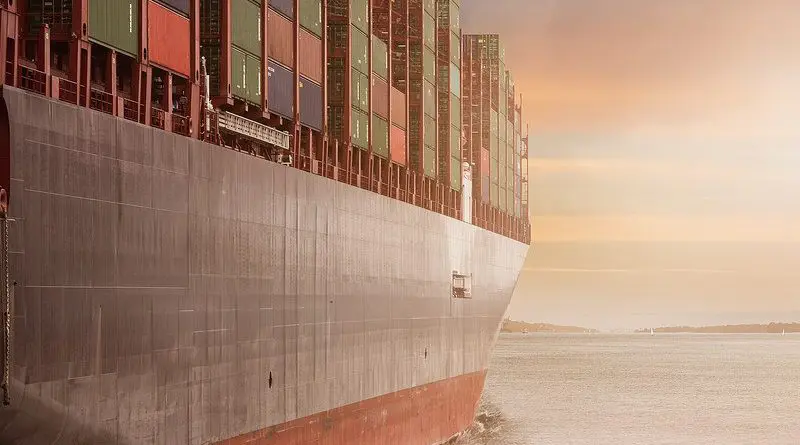Trade In Asia And The Pacific Beats Pre-Pandemic Levels, But Investment Not Seen To Fully Recover In 2022
After a dramatic year for the global economy, international merchandise trade in the Asia-Pacific region rebounded strongly in 2021, surpassing pre-pandemic levels, according to findings by the United Nations Economic and Social Commission for Asia and the Pacific (ESCAP). ESCAP estimates that regional merchandise exports and imports have grown 23.1 per cent and 22.8 per cent, respectively.
Removing inflationary effects, Asia and the Pacific outperformed the rest of the world in 2021 with real export and import growth at 10 per cent and 9.1 per cent, compared to 7.7 per cent and 6.7 per cent globally.
“Regional cooperation will continue to play a significant role in achieving more efficient and resilient trade by enabling more cost-effective and impactful responses,” said Armida Salsiah Alisjahbana, United Nations Under-Secretary-General and Executive Secretary of ESCAP.
According to the Asia-Pacific Trade and Investment Trends 2021/2022 briefs, inflationary pressures are expected to ease in 2022 with the gradual resolution of supply-side bottlenecks and easing of expansionary fiscal policies in developed economies. Merchandise trade is also expected to continue recovering, though more moderately than in 2021: regional exports and imports will grow by 4.1 per cent and 5.2 per cent in real terms.
However, downside pressures to a robust economic recovery continue to exist. In particular, the uphill battles between the rollout of COVID-19 vaccines and new variants increased global financial instability. The scaling back of fiscal stimulus, are among the most immediate threats to global output growth. Developing economies are especially exposed to these downside risks.
Meanwhile, trade in commercial services in the region is recovering, but the recovery remains both partial and fragile. Services exports from the region remain about 20 per cent below pre-pandemic levels. ESCAP estimates that export and import values in the Asia-Pacific region were 9.6 per cent and 0.9 per cent, respectively.
Due to the COVID-19 sub-variant outbreaks during the second half of 2021, the current trade recovery may lose momentum. The region saw a 19.6 per cent ($55 billion) loss in services trade in 2021. Travel services have been hit the hardest, while merchandise-related services, ICT and financial services performed positively. Going into 2022, services trade is expected to continue recovering slowly though non-uniformly across sectors.
Asia and the Pacific remained a top destination for inward foreign direct investment (FDI), thanks to China and India. The rebound in the first half of 2021 was driven by accelerated FDI flows. Intra-regional investments continued to be significant, making up 47 per cent of all greenfield investment to Asia and the Pacific in 2020. The region also maintained its position as the largest source of global FDI flows since 2018. Developing countries in the region accounted for 77 per cent of all outflows in 2020.
In 2022, FDI is expected to remain below pre-pandemic crisis levels in the region. Nevertheless, the coming into force of the Regional Comprehensive Economic Partnership Agreement (RCEP) and the recently concluded ASEAN Investment Facilitation Framework, are expected to help boost more sustainable FDI in the region, particularly value chain-linked FDI, in the medium- and long-term.
ESCAP further reports that fewer preferential trade agreements (PTAs) have been signed since 2020, with only four new agreements in 2021. Despite the slowdown in new PTAs, 2021 saw significant development related to mega-trade agreements such as RCEP and the Comprehensive and Progressive Agreement for Trans-Pacific Partnership (CPTPP).
More remarkable than the number of PTAs is the growing array of domestic policy domains that PTAs have come to regulate. Most agreements that have been signed since 2020 go beyond the traditional area of trade in goods. Instead, additional areas – services, e-commerce, and climate action – are new top agenda items for negotiations. Some long-standing PTAs have “upgraded” to become more comprehensive, enhance market access and include e-commerce chapters.

